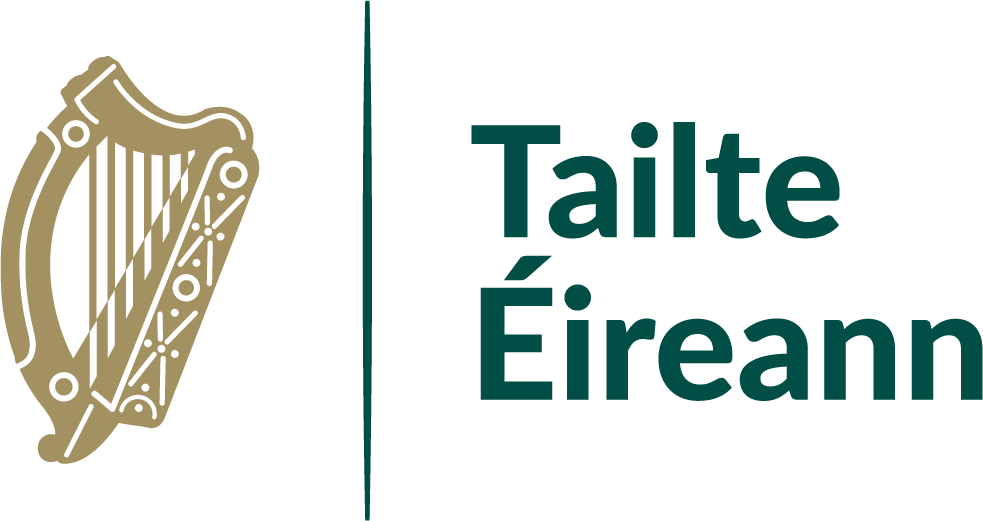The valuation records held in our archive are the original copies of the Post-Primary Valuation Revision Books. The Primary Valuation records (Commonly referred to as the Griffiths Valuation, after the first Commissioner of Valuation, Sir Richard Griffith) are available to view through the National Archives. We retain copies of these in our archive.
The post-primary books that we hold date from the mid 1850’s to present day. For domestic properties, our records generally cover up until the 1980’s, whilst commercial properties are still valued up to today. The information found in our records is all the information related to the valuation of each individual holding within the state. The Valuation records for the six Counties of Northern Ireland are held in the Public Records Office of Northern Ireland (PRONI) in Belfast.
We also hold the original copies of the post-primary valuation maps, which will show exactly where the property you’re researching is located. We hold various series of maps that were updated throughout the years and reflect any sub-divisions of land that may have taken place. The years for the updates of these maps varies from place-to-place.
What information is contained within these books
The information found in our records will show the name(s) of the Occupier, Immediate Lessor, a description of the property, any acreage associated with the property, the associated rates applicable for the property, and records the dates of any change(s) on the property. For example, it will show when a person is replaced as the occupier/immediate lessor of a property, and the date this change occurred. The books will also reference the Valuation Lot No. and Ordnance Survey map number for each property, which can then be cross referenced with the Valuation maps that we hold.
Can I view the records online?
At the moment, our records are only available in our office. While we have digitised a vast amount of the collection, these records can only be viewed on one of our visitor terminals in our Public Office.
What if I can’t make it to the office?
If you are unable to visit our office, we offer a service where you can make an application to us, and a member of staff can carry out the research on your behalf. There is a flat fee of €30 for this service and additional costs can be incurred where a large volume of physical copies of the records are requested by post. There are no additional fees for records sent electronically. To make an application to us, please complete application form C3 and return it with as much information as possible. Once the form has been completed, please send it to us by email to valinfo@tailte.ie or by post to Tailte Éireann, Valuation Archives, Chancery Street, Dublin 7, Ireland, D07 T652.


